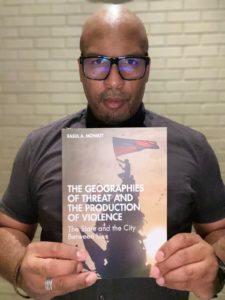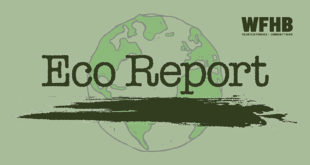Podcast: Play in new window | Download (Duration: 59:00 — 81.0MB)
 In his 1923 book, Towards a New Architecture, French architect Le Corbusier wrote,
In his 1923 book, Towards a New Architecture, French architect Le Corbusier wrote,
The machinery of Society, profoundly out of gear, oscillates between an amelioration, of historical importance, and a catastrophe. The primordial instinct of every human being is to assure himself of a shelter. The various classes of workers in society to-day no longer have dwellings adapted to their needs ; neither the artisan nor the intellectual. It is a question of building which is at the root of the social unrest of to-day; architecture or revolution.
A fascist antiSemite, Le Corbusier also wrote, “the technocratic elite, the industrialists, financiers, engineers, and artists would be located in the city center, while the workers would be removed to the fringes of the city.”
A quick recap of our previous two episodes might be in order. In episode one we zeroed in on Chicago, Illinois and the reign of Mayor Richard Daley, the elder, in order to see how buildings and neighborhoods were mapped out and residents penned into ethnic and racial zones, effectively conforming to the template originating with the Spanish Empire as a method of controlling and exploiting their colonial territories.
In episode two we took a closer look at that template as codified in the early 16th century in the Laws of the Indies which detailed the design of resource extraction zones, or cities, down to the direction the winds should blow down the streets. It’s here that body type characteristics are also codified and spatialized into racial categories. Without the space, there is no race. We still live inside the design and infrastructures first laid out in places like Mexico City to serve the desires of the state.
And today in Architecture or Revolution we’ll center the program on city planners active in the mid-20th century, like Harland Bartholomew and Robert Moses. Bartholomew is best known for the destruction of the St. Louis Riverfront and displacing thousands of Black families from Mill Creek but his reach is national and his influence immense. Robert Moses was the colossus astride New York City who understood that politics and legal codes might change, but it’s mighty hard to tear down the bridges that restrict the movement of Black and Brown New Yorkers keeping them penned in and impoverished in neighborhoods organized by state abandonment.
But we’ll begin in the early 19th century with the Monroe Doctrine of 1823 – which literally separated the so-called “old” world from the “new” and barred any European nations from attempting to influence or control any of the sovereign states in the region. It almost sounds like a good thing. Right.
 GUEST
GUEST
Rasul A. Mowatt, Ph.D., is just a son of Chicago and a subject of empire, while dwelling within notions of statelessness, settler colonial mentality, and anti-capitalism. He also functions in the State as head of the Department of Parks, Recreation and Tourism Management at North Carolina State’s College of Natural Resources.
RELATED
The State Made Visible – Part One
Here There Be Dragons: Part Two of The State Made Visible
St. Louis: Patterns of Segregation and Alibis for Abandonment (Interchange with Walter Johnson)
Forms of Concentration: Constructing Racialized Bodies (Interchange with Daniel Nemser)
Storied States: James Scott’s Against the Grain (Interchange)
Prisonscape: The View from Any Window (Interchange with Brett Story)
Writing Red: Joshua Clover on Strikes and Riots (Interchange)
MUSIC
Group Home – “Up Against the Wall” Instrumental
The Chambers Brothers – “Uptown”
Tiombe Lockhart – “Escape from Stinktown”
Bill Withers – “Harlem”
Herbie Tsoeli – “Woza Moya”
CREDITS
Producer & Host: Doug Storm
Executive Producer: Kade Young
 WFHB Bloomington Community Radio
WFHB Bloomington Community Radio


